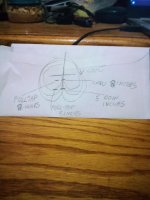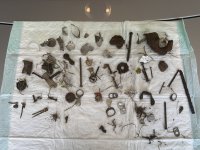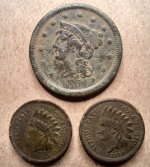BH505Man
Full Member
- Nov 18, 2013
- 123
- 153
- Detector(s) used
- Equinox 800, 6",11" coils, Teknetics T2SE,&T2 Classic, 5", CORS Fortune 5.5x9.5", 11", CORS Strike 12x13", 15"coils, Legacy 3500, 4", 8",10" & 11"DD coils, Lesche digging Knife, Lesche T Handle Shovel
- Primary Interest:
- All Treasure Hunting
I've heard conflicting opinions as to what is most effective in detecting in a trashy area and being able to lock on and detect the deeper good targets... a faster recovery speed or a slower recovery speed. What is your experience on this and why?










